Heating a greenhouse / indoor pond
hen11
17 years ago
Related Stories

GARDENING AND LANDSCAPINGHow to Make a Pond
You can make an outdoor fish paradise of your own, for less than you might think. But you'll need this expert design wisdom
Full Story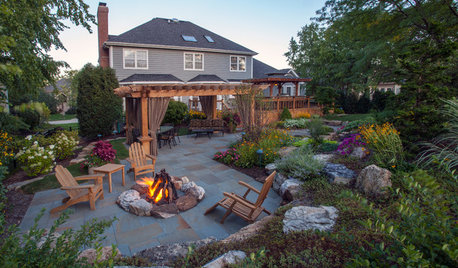
GARDENING AND LANDSCAPING3 Ways to Bring the Heat to Outdoor Living Spaces
Here’s what to know about surviving winter’s bite with an outdoor fireplace, fire pit or heat lamp
Full Story
HOUSEPLANTS10 Top Plants to Grow Indoors
Brighten a room and clean the air with a houseplant that cascades artfully, stretches toward the ceiling or looks great on a wall
Full Story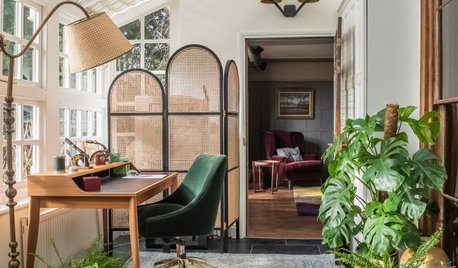
HOUSEPLANTSSimple Pleasures: Grow a Cheery Indoor Garden
Let houseplants work their magic on your rooms and you. These ideas will get you growing
Full Story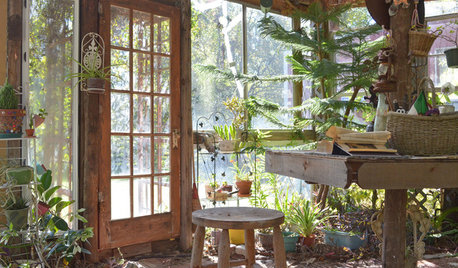
GREENHOUSESA Greenhouse Rises From Texas Tornado Wreckage
Barn damage became a blessing in disguise for a thrifty, creative couple with a hankering for more greenery
Full Story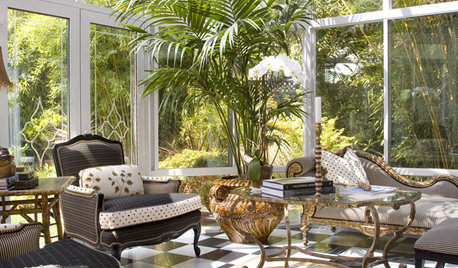
DECORATING GUIDESGo for a Greenhouse Effect With an Exotic Conservatory
Cultivate a rarified hothouse feel with or without all-glass walls; these inspiration photos and product picks show you how
Full Story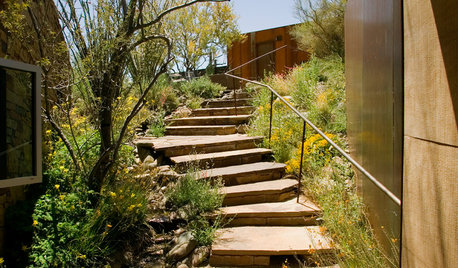
ARCHITECTUREHouzz Tour: A Pond House in the Arizona Desert
With water in the back and a descent to get in, this skillfully designed modern home keeps its cool in the Southwestern sun
Full Story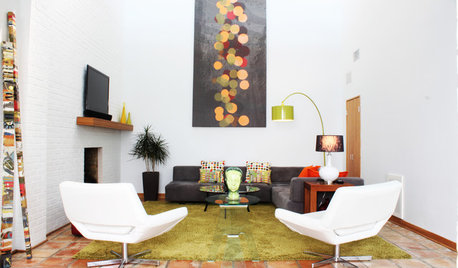
HOUZZ TOURSMy Houzz: Dive Into a Cajun Country Home With an Indoor Pool
Drenched in sunshine from a massive glass atrium roof, this newly redesigned Louisiana home works swimmingly
Full Story
HOUSEPLANTS8 Essentials for Healthy Indoor Plants
Houseplants add so much to our homes — and can thrive when grown in the right conditions. Keep these tips in mind
Full Story
HOUSEPLANTSIndoor Winter Gardens for Cheerier Days
Bring plants inside for drab-days mood boosting — not to mention cleaner indoor air and protection for your greenery
Full StoryMore Discussions







nathanhurst
garyfla_gw
Related Professionals
Surprise Landscape Architects & Landscape Designers · Milwaukee Landscape Architects & Landscape Designers · Bethlehem Landscape Contractors · Kahului Landscape Contractors · Lorain Landscape Contractors · Medford Landscape Contractors · West Coon Rapids Landscape Contractors · Greenfield Landscape Contractors · Kingsburg Landscape Contractors · Crowley Landscape Contractors · Frankfort Solar Energy Systems · Rehoboth Solar Energy Systems · Swansea Solar Energy Systems · Eden Prairie Solar Energy Systems · Saratoga Springs Solar Energy Systemshen11Original Author
garyfla_gw
stressbaby
hex2006
hex2006
nathanhurst
stoneunhenged
garyfla_gw
hen11Original Author
hen11Original Author
garyfla_gw
stoneunhenged
nathanhurst
hex2006
stoneunhenged
garyfla_gw
jba3fan
hex2006
stoneunhenged
hen11Original Author
nathanhurst
stoneunhenged
hex2006
hen11Original Author
hex2006
hex2006
stoneunhenged
hen11Original Author
stoneunhenged
chris_in_iowa
garyfla_gw
hen11Original Author
hen11Original Author
nathanhurst
mokevinb
scott361
mokevinb
rubbleshop
bellaroo
buyorsell888
ladylotus
buddy1114
jj001
tomplum
oldtoon_yahoo_com
wilbym
Bill_Gardeners
Joe_Garay